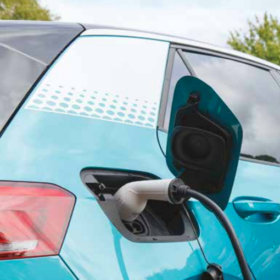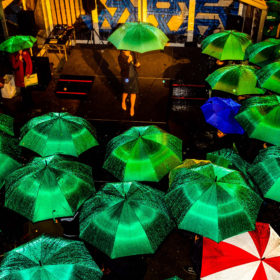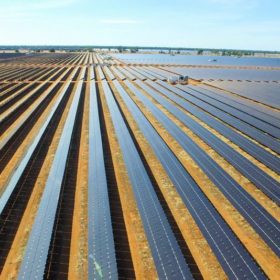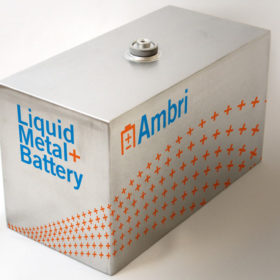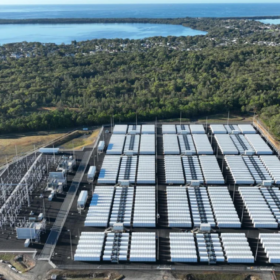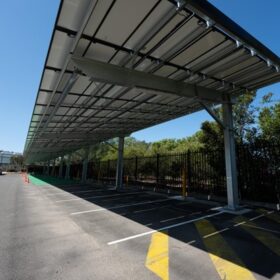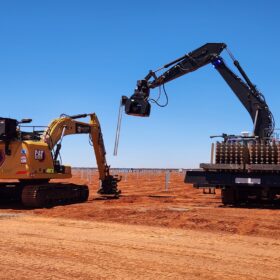WA to install the country’s longest electric highway
Western Australia will install electric vehicle (EV) stations at 45 new locations, creating a fast charging network spanning more than 3,000kms.
AEMO’s 2025 goal means that SA becomes the proving grounds
The latest news in the NEM is AEMO’s goal to be capable of handling periods of 100% instantaneous renewables penetration by 2025. This is a significant challenge and fitting given the pace the NEM is moving to
supporting increasingly higher levels of instantaneous (and increasingly asynchronous) renewables on a regular basis.
SA Greens seek to reinstate a publicly owned electricity system — based on renewables
The South Australian Greens Party has proposed a tax-and-spend plan for the state that goes against everything the Federal Government advocates, in favour of massive funding of essential services and reducing carbon emissions in the process.
India hits 100 GW renewables milestone
Solar’s share in the installed 100 GW renewable energy capacity stands at around 44%, and wind at 40% as per the data available from India’s Central Electricity Authority.
Sunday read: What’s in store for storage
As solar and wind make up larger portions of the energy mix, energy storage is becoming an increasingly important piece of the puzzle in keeping electricity networks running smoothly. And as battery costs fall, new business models are emerging to increase the value of battery energy storage projects for both grid operators and project owners. Focusing on two leading countries – the United Kingdom and Australia – pv magazine looks at what’s in store for large-scale energy storage.
Saturday read: Dirty double standard on display
Australia’s proposed 26 GW Asian Renewable Energy Hub has encountered what appears to be a governmental double standard, as the country’s environment minister has rejected an expanded proposal. Thankfully, the project’s proponents have not become discouraged in the face of this double standard; in fact, they’re doubling down.
Energy giant’s $2.06 billion loss labelled a ‘Titanic’ failure
Australia’s largest energy retailer AGL has blamed an “extremely challenging market” prompted in part by the ongoing penetration of renewables, including rooftop solar PV, after reporting a $2.06 billion full-year net loss.
Calcium-antimony liquid metal battery to be commercialised by US company
Ambri has secured US$144 million ( AU$195 million) to commercialise its calcium-antimony liquid metal battery chemistry and open manufacturing facilities to deliver projects in 2023 and beyond.
Chasing the sun — tax-free!
The Australian Energy Market Commission (AEMC) has made final a rule that will allow for solar export tariffs to be gradually introduced in the NEM jurisdictions (that is, everywhere except WA and the NT) under limited circumstances in four years’ time.
New rules revealed as AEMC aims to transform network into ‘two-way super-highway’
The Australian Energy Market Commission has retained a controversial two-way pricing mechanism in its finalised reforms package which has been designed to better integrate distributed energy resources, such as rooftop solar PV, batteries and electric vehicles into the grid, and transform it into a “two-way super-highway where energy flows in both directions”.
